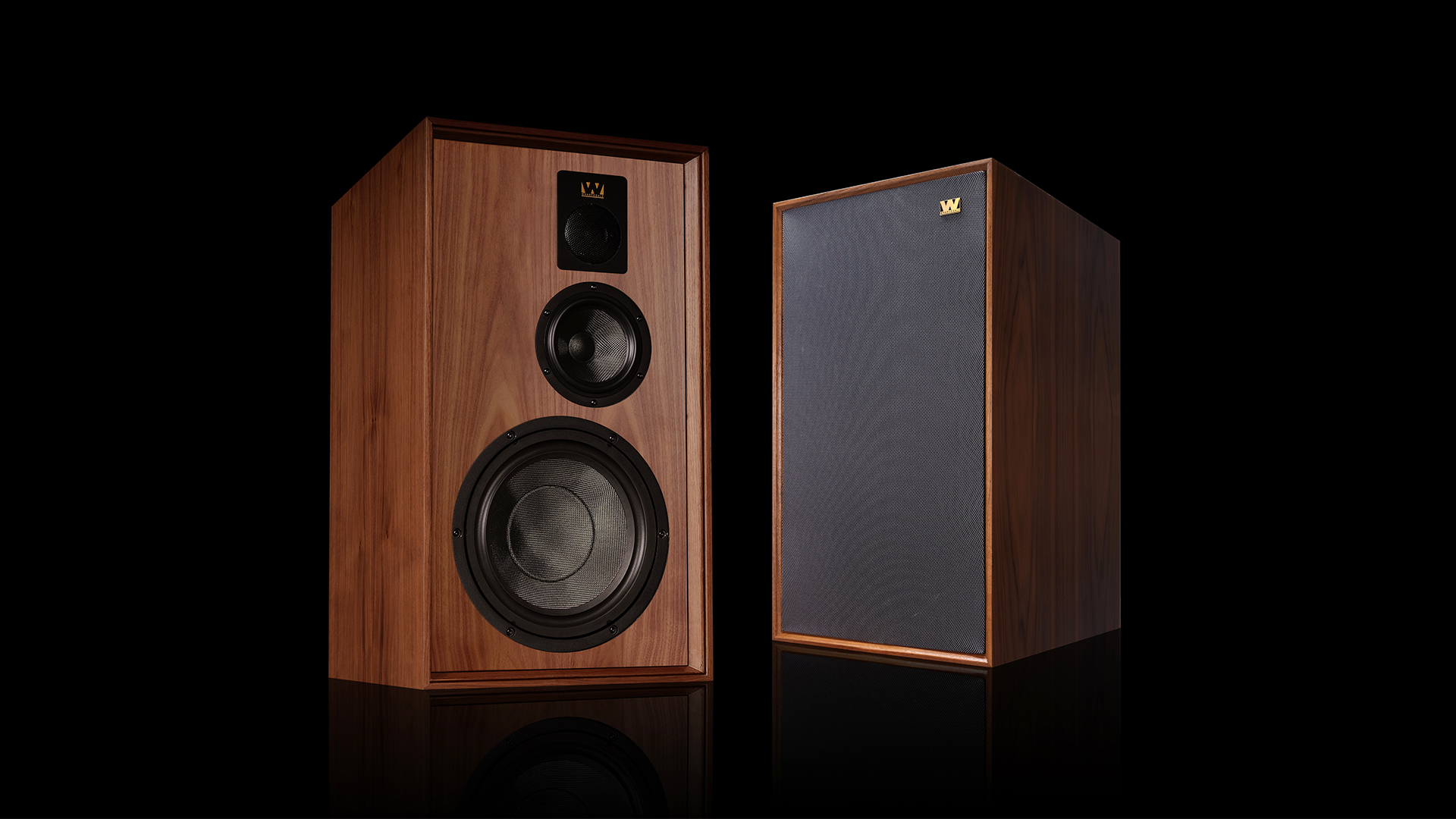
It would be easy to view Wharfedale’s new Dovedale speakers as a mere marketing exercise designed to mine the company’s rich heritage, but that isn’t the whole story. Yes, they are a re-engineered version of one of the company’s best-loved products of the ’60s and ’70s, and at a basic level exude the kind of retro charm some won’t be able to resist. Yet that isn’t the reason we like them.
Build & design
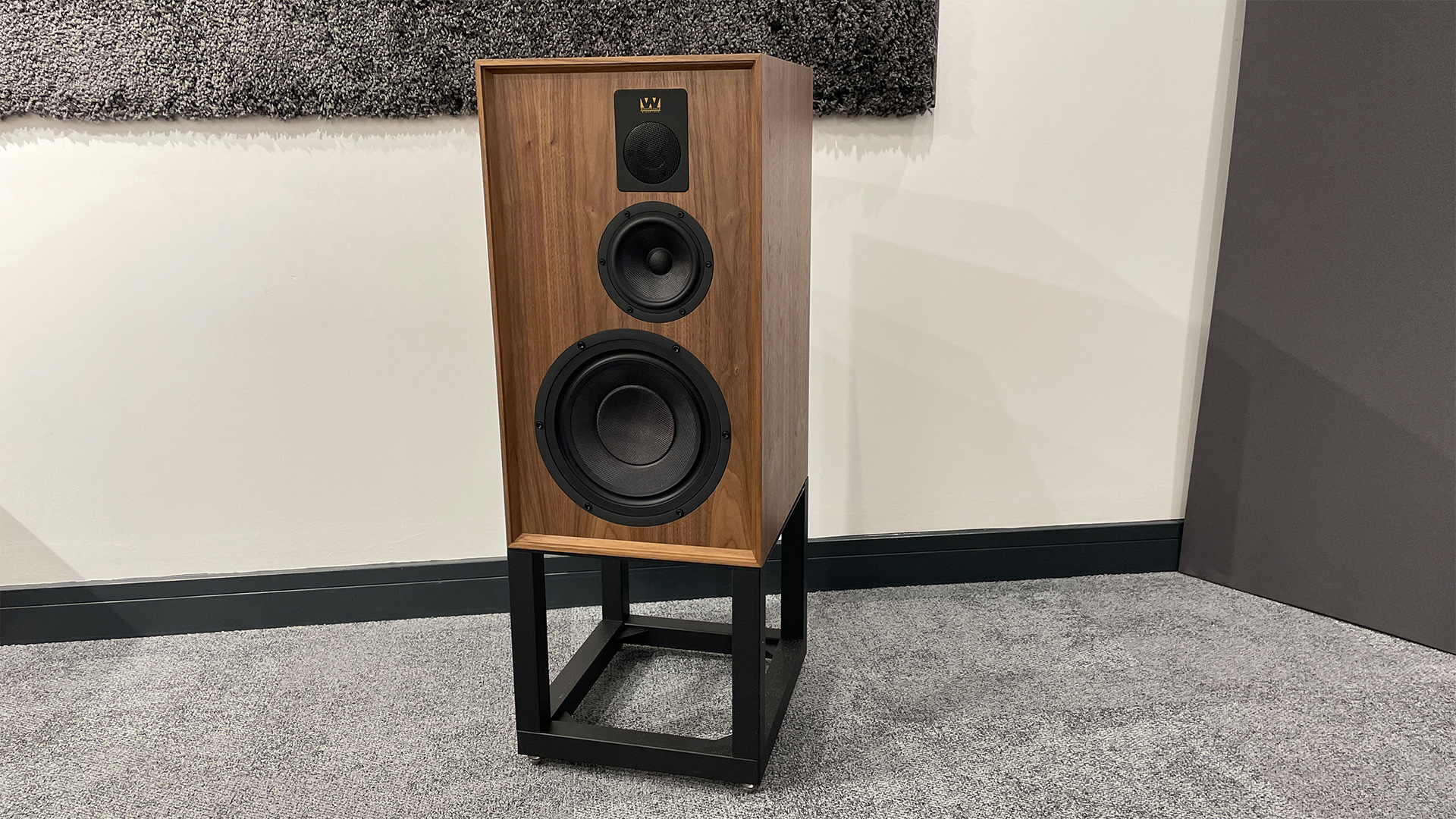
These are huge standmounters by modern standards, standing 66cm high and taking up as much space as a small fridge. In the accompanying press material, Wharfedale points out that the original Dovedale speakers were not considered particularly big by the standards of the time, which just goes to show how much values and tastes have changed over the last half a century.
Over the years, speakers have generally become smaller and slimmer, and while that is good for domestic harmony it also forces manufacturers into using ever smaller drive units. Small drive units aren’t necessarily a bad thing as such, but they do have to work harder when it comes to delivering bass output and high volume levels.
The Dovedales’ generous dimensions have allowed the engineers to supersize the driver portions with a 25cm woofer and 13.5cm midrange, both using woven Kevlar as a cone material and a 25mm fabric dome tweeter, based on the unit already seen in the company’s highly successful Linton model.
This tweeter isn’t identical to that Linton unit though, as it has a damped rear chamber to absorb the sound radiating from the rear of the dome. Having such a chamber also lowers the unit’s resonance frequency, making integration with the midrange unit easier. The Dovedale’s crossover frequencies are relatively conventional, being set at 560Hz between the woofer and midrange and 2.8kHz from there to the tweeter. Connection to the crossover network is through a very chunky pair of single-wire terminals.
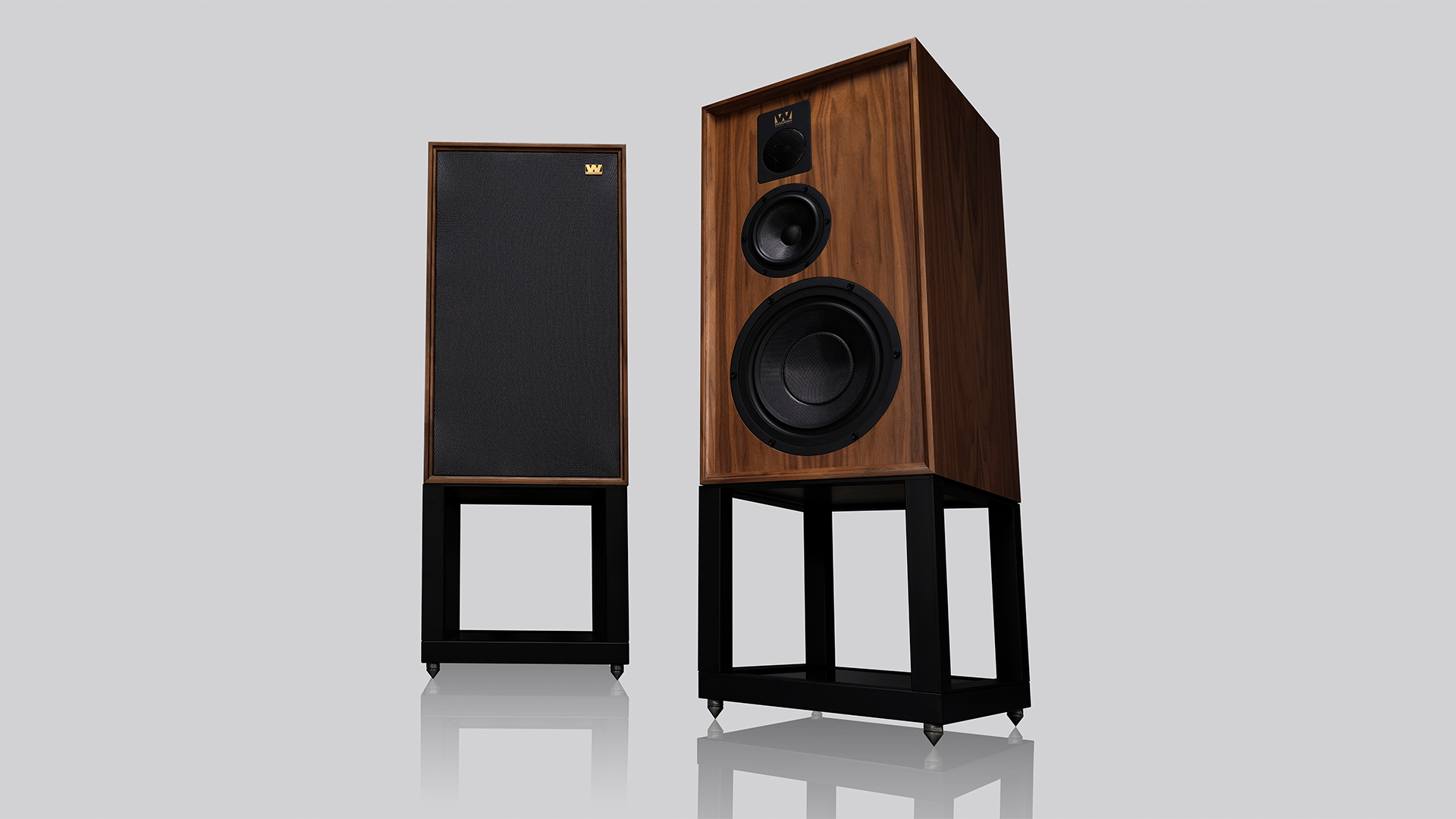
Type Three-way standmounter
Tweeter 25mm fabric dome
Midrange 135mm woven Kevlar cone
Bass 250mm woven Kevlar cone
Sensitivity 89dB/W/m
Impedance 6 ohms
Ported? Yes (rear)
Dimensions (hwd) 66 x 37 x 42cm
Weight 26.2kg
These Wharfedales are not a particularly demanding load for an amplifier to drive. They are pretty sensitive at a claimed 89dB/W and their nominal impedance is quoted at 6 ohms (with a minimum of 3.6 ohms). You could get by with modestly powered amplification, as long as your room isn’t too big and you don’t listen at party levels regularly, that is. Even so, we would suggest looking at more muscular electronics, say around 100 watts per channel and upwards, if you want to make the most of the speaker’s impressive loudness capability and dynamic dexterity.
While the Dovedale’s cabinet strongly echoes the look of the original model, it is as modern as they come when it comes to construction. The enclosure’s panels are a composite of high-density particle board and MDF (on the outside), stuck together with high-damping glue. Take a look inside the cabinet and you will find that the midrange has a dedicated enclosure to prevent any unwanted interaction between it and the bass unit. The midrange’s chamber has a volume of 8.6 litres while the bass driver enclosure stretches to just short of 65 litres. In other words: big.
The finishing touch is provided by a lovely, matched, real wood veneer that is lacquered and hand polished to a satin finish. The overall effect is one of high quality and luxury. The traditional-looking grilles are held on magnetically and are easy to remove. Our standard recommendation would be to discard the grilles as soon as the speakers are in place, but in this case, don’t do that. Wharfedale has tuned the Dovedales to sound best with the grilles in place, so that’s the way we use them during our listening sessions. Take the grilles off and the results become a little too forceful at higher frequencies.
Compatibility
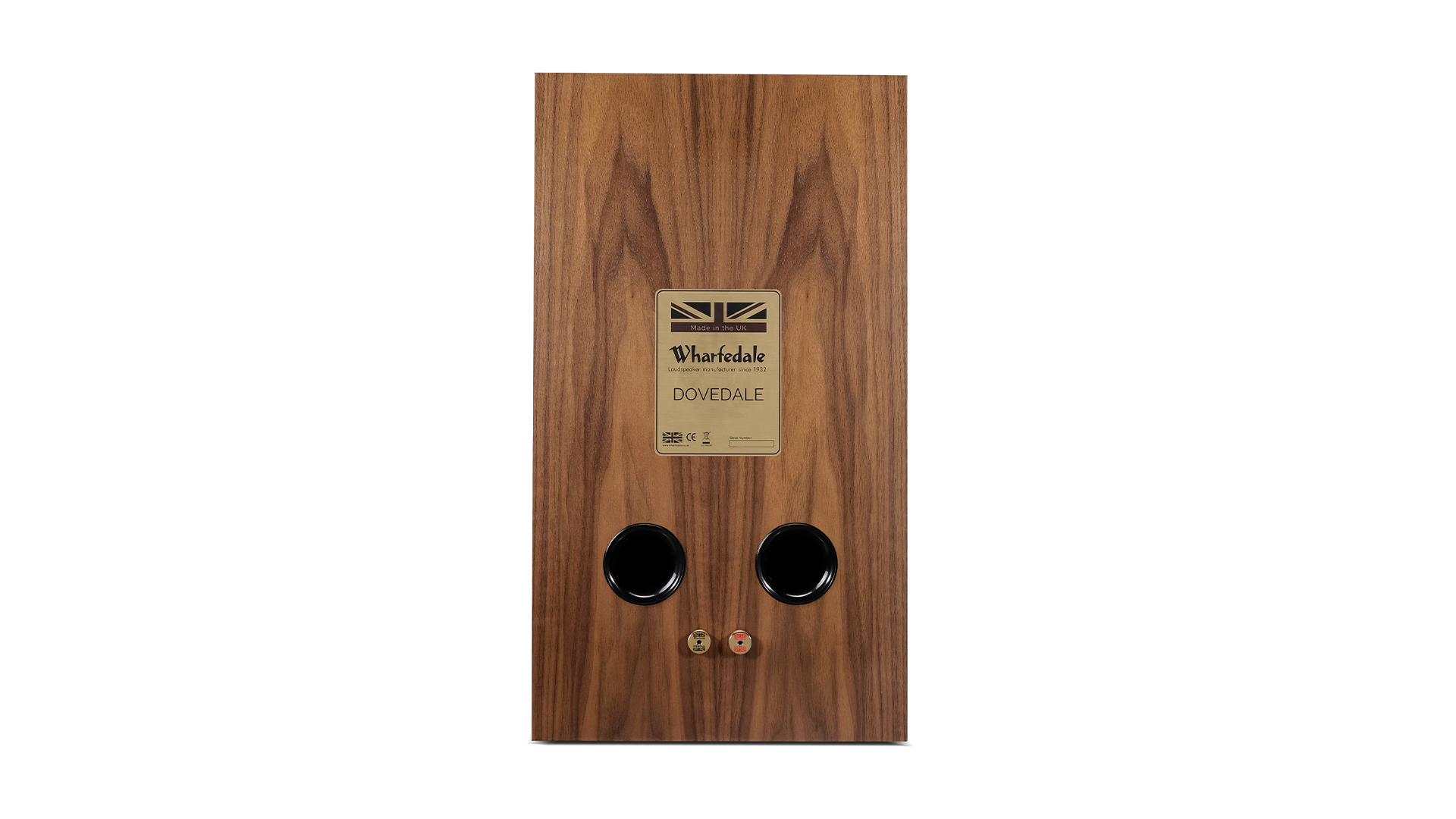
Standmount speakers of this size and proportion are pretty unusual in the market, so Wharfedale has taken the sensible step of producing a dedicated stand for the Dovedale. This support is a squat, 37-cm tall open-frame design made of carbon steel with a furniture-grade glass shelf at the base. A design of this type could easily ring like a bell, so Wharfedale has sensibly added damping to three of the stand’s uprights leaving the fourth one open to use for cable management. It is possible to buy the speakers without the stands in the UK (for £5000), but this isn’t something we would recommend, as the two work so well together both visually and sonically.
There is no getting around it, the Dovedales are large speakers that work best in larger spaces. Our main test room is 3 x 7 x 5m (hwd) and that proves big enough to allow them to breathe properly. They sound best when positioned around 1m from the back wall and well away from room corners. Do this and you will have a nicely balanced sound coupled with a decently layered soundstage.
The tweeter and midrange are mirror imaged and offset on the wide front baffle. Wharfedale recommends positioning the speakers so that the tweeters end up on the inside edges, and we agree. There isn’t a massive difference but we do get a better sense of focus and image solidity when the Dovedales are used this way.
Any speaker at this level demands a top-quality partnering system. We use Naim’s ND555/555 PS DR music streamer and a Technics SL-1000R/Kiseki Purpleheart record player feeding Burmester’s 088/911 Mk III amplifier. We also swap in Cambridge Audio’s Edge NQ streaming preamp, Naim’s NAP 250 power amp and a Rega Aethos integrated to see how the Wharfedale cope with more modest partners. For comparison purposes, we have our usual ATC SCM50 reference speakers, the 770 from Wharfedale’s sister brand Mission, and the rather fine Epos ES14N.
Sound

We start with Dvořák’s Symphony No. 9 From The New World and we find ourselves liking the Dovedales straight away. Given their generous size it comes as no surprise to find that they generate a huge and authoritative sound. The music’s dynamic shifts are delivered with impressive heft and there is plenty of solidity on offer.
As we listen longer we become aware that the Dovedale is far more versatile than we imagined. Alongside that muscle, we discover a surprisingly agile and articulate performer. Given the kind of speakers they are, we had imagined that the Dovedale would be tuned to have an overtly smooth and rich sound, but what we get is nothing of the sort. These are energetic performers, which while not particularly forward sounding, still deliver the music with real verve.
They are excellent at dealing with the music’s dynamic contrasts, delivering large-scale shifts forcefully when required. We love their sense of ease when volume levels head North and the lack of obvious strain when pushed hard. These are things that even the best of their smaller rivals find hard to match.
We switch to Massive Attack’s Heligoland and the Wharfedales continue to impress. While they aren’t the most resolving speakers we’ve heard at this level there is still enough in the way of insight. Voices come through with clarity, and there is enough finesse to communicate emotion well. Given the generous cabinet and drive unit dimensions it comes as no surprise that the Dovedales excel at this album’s beautifully layered bass lines. These are delivered with impressive depth, punch and, less expectedly, a great deal of precision.
So, it should be clear by now that the Dovedale are entertaining and engaging. We like them but there are aspects of the sound that could be improved. Their rhythmic drive is pretty good when things are kept simple. However, listen to something more demanding in this respect such as Radiohead’s 15 Step or Hans Zimmer’s Mombasa (from the Inception OST) and we find that the Wharfedales’ composure starts to fade and a slight muddle sets in. It doesn’t go as far as to spoil our listening experience much, but it does take the edge off the fun factor.
We also have an issue with the Dovedale’s high-frequency performance. That tweeter generally does a good job but can be provoked into sounding a little thin and peaky with certain recordings. While most class rivals are at least as revealing, the best of them won’t make such a meal of things.
Verdict
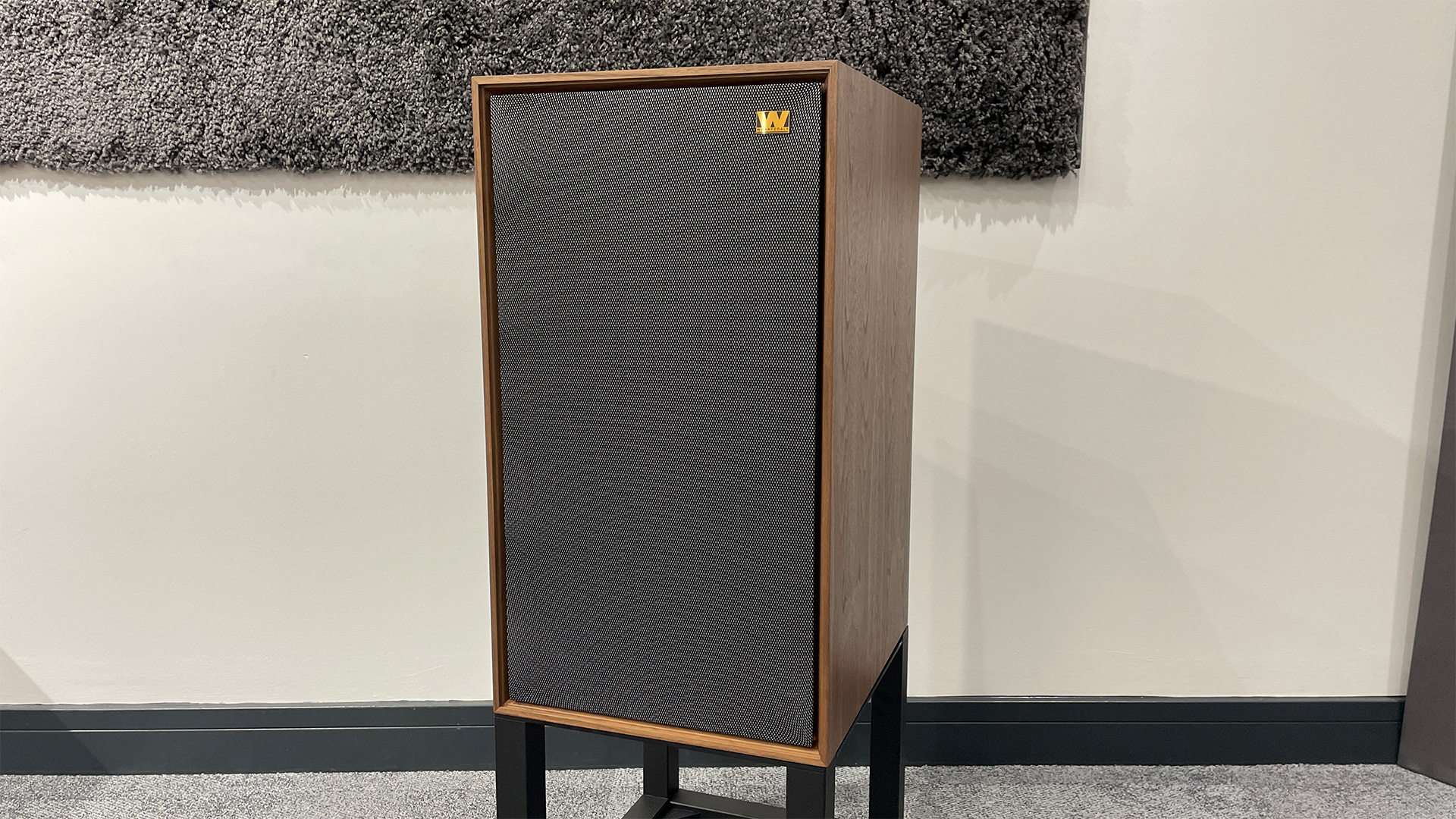
We still find these Wharfedale Dovedales to be capable and charming performers, despite these misgivings. On the whole, they keep our focus on the music rather than the mechanics of hi-fi replay and that counts for a lot. Add the retro appeal to the many advantages a properly big box speaker has, and these Wharfedales become easy speakers to recommend.
SCORES
- Sound 4
- Build 5
- Compatibility 4
MORE:
Read our review of the Spendor Classic 1/2
Also consider the Mission 770
Read the ATC SCM 40 review







